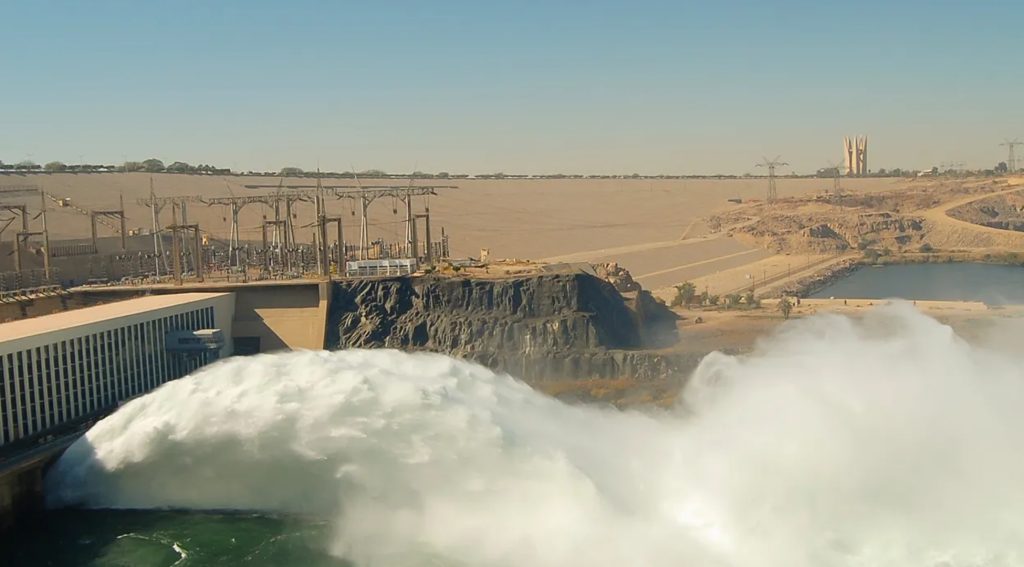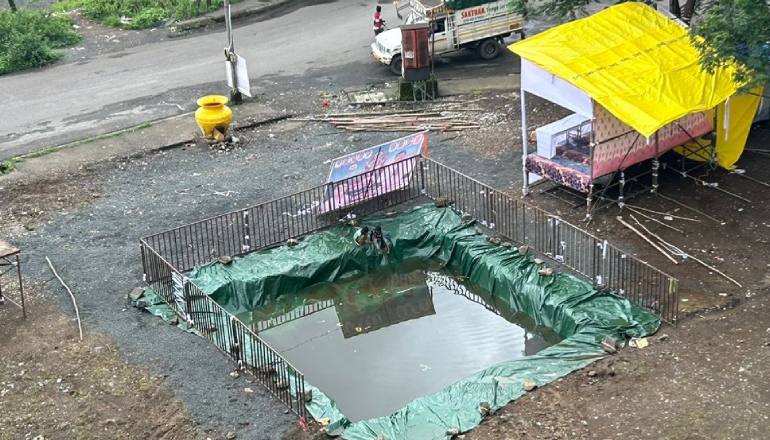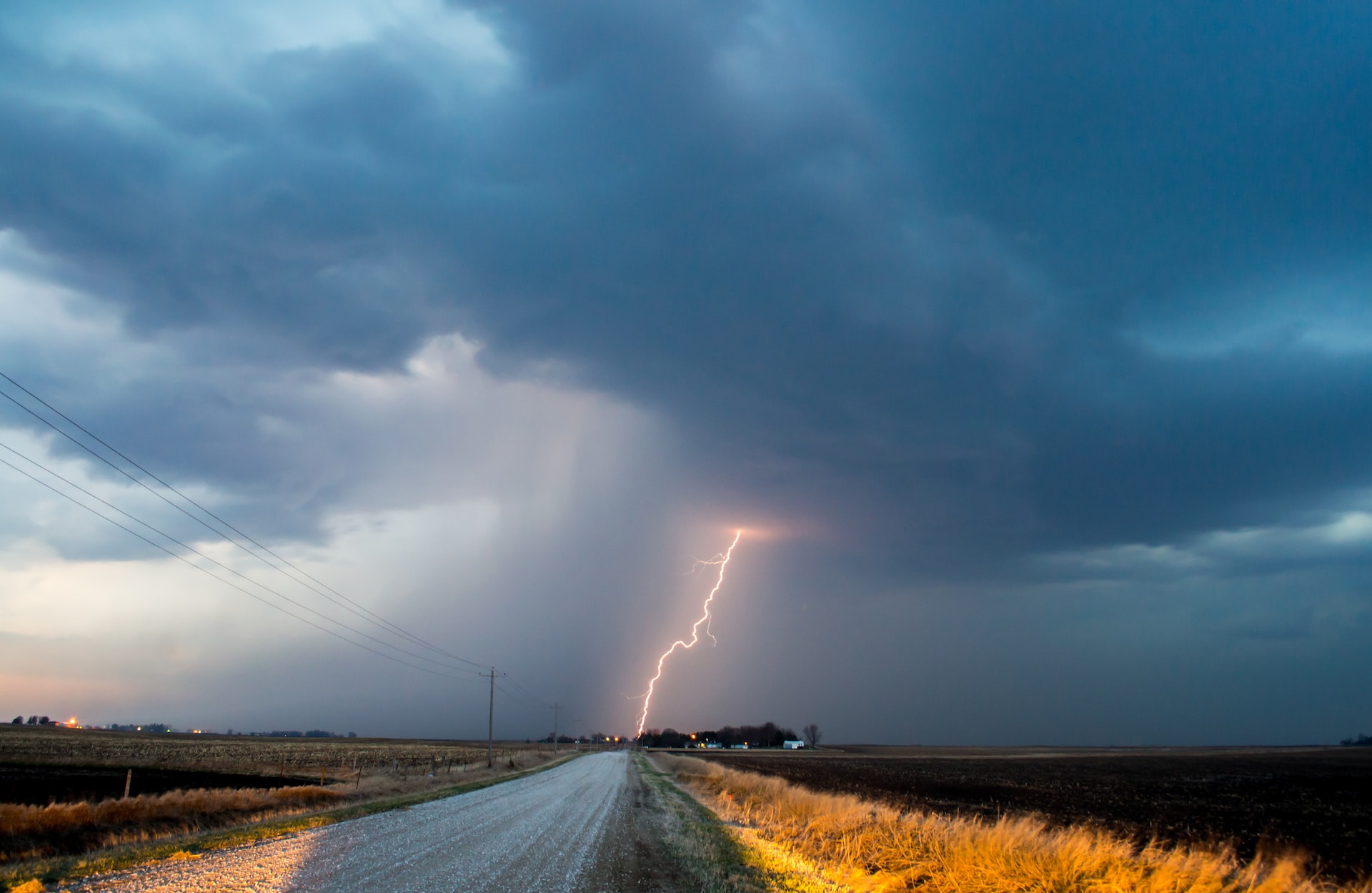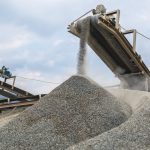A recent study by the Indian Institute of Science Education and Research (IISER), Bhopal, based on data from the Central Water Commission, reveals that dam siltation is a major and growing problem in India.
This silent crisis is compromising the country’s water security by significantly reducing the storage capacity of its dams and reservoirs. The findings present a stark warning about the future availability of water for a vast population.
Key findings:
The IISER study examined records from over 300 large reservoirs, with a capacity of over 100 million cubic meters, most of which were built between 1939 and 1991.
The research highlights the dramatic loss of water storage due to the accumulation of silt, clay, and sand.
Capacity Loss: A majority of the dams studied have already lost over 50% of their total designed reservoir capacity due to severe siltation. This loss is a critical threat to water supply for various sectors.
Annual Siltation Rate: On average, reservoirs in India are silting up at a rate of approximately 1% per year. A 2006 study found that 23 reservoirs had lost 23.11% of their live storage capacity by that year, equating to a loss of 214.2 million cubic meters (MCM) annually.
Highly Vulnerable Regions: Rivers in the Himalayan and Indo-Gangetic plains are classified as highly vulnerable due to extensive soil erosion in their catchment areas. For example, dams in the Kandi region of Punjab are experiencing a storage capacity reduction of 1.0-1.3% annually, or about 24% per decade.
Projected Future Losses: The study projects that by 2050, 10 reservoirs in east-flowing rivers and 7 in west-flowing rivers will exceed a 50% storage capacity loss.
Socioeconomic impact and costs:
“A reservoir that loses half its storage may not collapse but becomes functionally ‘unsafe’ by failing the communities that depend on it,” Dr. Somil Swarnkar, Assistant Professor, IISER Bhopal. Dr. Swarnkar led the recent study published in the journal Stochastic Environmental Research and Risk Assessment. His statement highlights the critical nature of the problem, framing it not just as a physical threat to the dam structure but as a fundamental threat to the communities that rely on its functions.
The consequences of dam siltation extend far beyond water storage, directly impacting the livelihoods and economy of the nation.
Agriculture and Livelihoods: The loss of water storage for irrigation directly impacts agriculture, which accounts for nearly 58.4% of employment in India. Reduced water availability leads to lower crop yields and can make farming unviable, forcing farmers and laborers to seek other work.
Fisheries Collapse: Siltation disrupts river ecosystems and can lead to the collapse of fisheries, a critical source of income for many communities.
The Central Inland Fisheries Research Institute reports an average riverine fishery yield of only 0.3 tonnes/km, or 15% of its potential. The Hilsa fishery in the Ganga collapsed post-Farakka Barrage, with catches dropping from 91 kg/km to near zero. This threatens the livelihoods of thousands.
High Desilting Costs: The process of desilting is extremely expensive. Projects under the World Bank’s Dam Rehabilitation and Improvement Project (DRIP) have seen desilting works at some dams in Tamil Nadu costing upwards of ₹18.19 crores and ₹13.26 crores. The high cost and logistical challenges make this an unsustainable long-term solution.
Government apathy:
Despite these dire figures, a comprehensive and proactive national policy to address dam siltation has been largely absent.
Minister of State for Jal Shakti, Shri Bishweswar Tudu, in a written reply in the Rajya Sabha,, has acknowledged that dam siltation is a recognized and widespread issue.
The minister’s written reply stated, “The sedimentation in a dam reservoir is a natural phenomenon, and it reduces the storage capacity of the reservoirs, although the rate at which this happens varies widely.”
The parliamentary reply is an official admission that dam siltation is a widespread national issue, officially acknowledged by the government. This validates the Central Water Commission’s findings, elevating the problem to a serious concern. This moves the issue from a research finding to an officially recognized national challenge.
The focus has historically been on building new dams rather than maintaining the existing ones. The fragmented approach to river basin management, where different states and departments handle a single river, complicates efforts to implement uniform sediment management strategies. The high cost and limited effectiveness of desilting have also contributed to inaction.
To reverse this trend, a paradigm shift is needed from a purely engineering-focused approach to one that integrates ecological and social considerations. The solutions lie not just in the dams themselves but in the entire river basin.
What can be done?
When I think about India’s dams, I see them as the lifeblood of our nation. Yet, they are silently suffering from siltation, a crisis we can no longer ignore. It’s a fundamental threat to our water security. Here are the five easiest ways to salvage the key water resource:
Catchment Area Treatment: How can we incentivize and enforce large-scale afforestation and soil conservation measures in the catchment areas of rivers to reduce soil erosion at the source?
Integrated River Basin Management: What mechanisms can be put in place to ensure a collaborative, multi-state approach to managing a single river basin, focusing on sediment control?
Innovative Desilting Technology: How can India invest in and develop cost-effective, scalable, and environmentally friendly desilting technologies that are sustainable for the long term?
Policy and Regulation: What new policies or regulations are needed to make dam maintenance and sediment management a mandatory and financially prioritized national objective?
Public Awareness: How can public awareness campaigns be used to educate communities about the link between land use, soil erosion, and dam health, encouraging community-level action?
Our take:
Siltation is critically reducing India’s dam capacity, with many reservoirs losing over 50% of their storage. Dams are silting up at 1% annually, which endangers water supply for agriculture and power.
This issue, compounded by floods filling dams with polluted water, demands a proactive national strategy. Simply having full reservoirs is not enough; the water must also be clean and safe to use.












